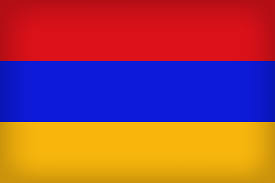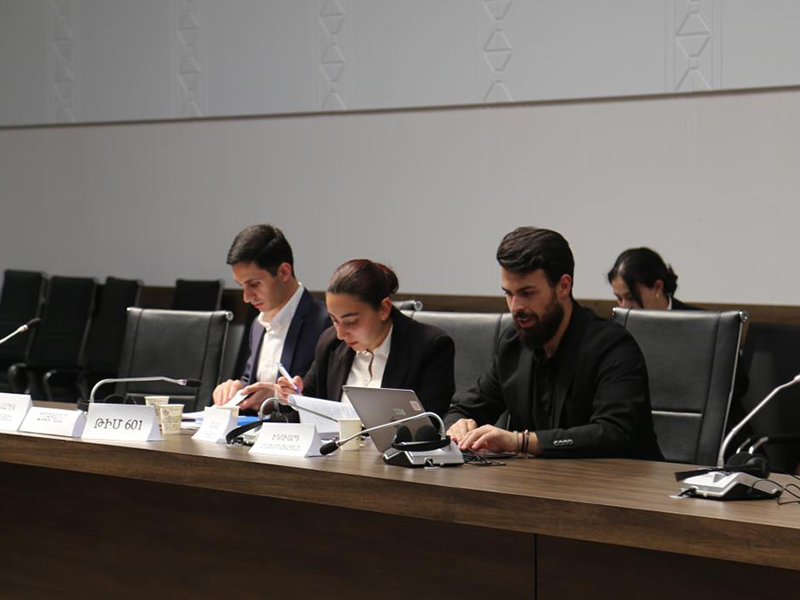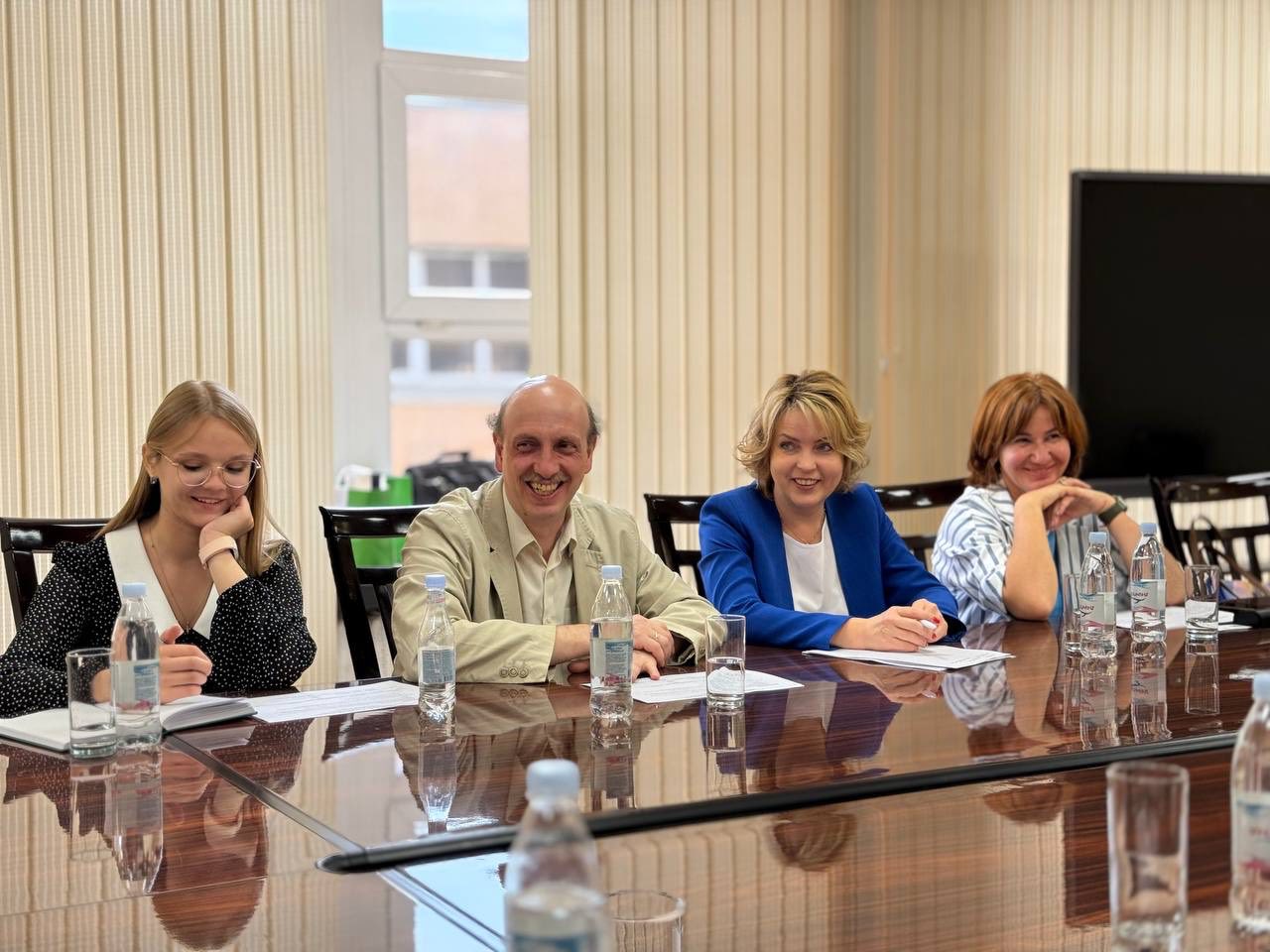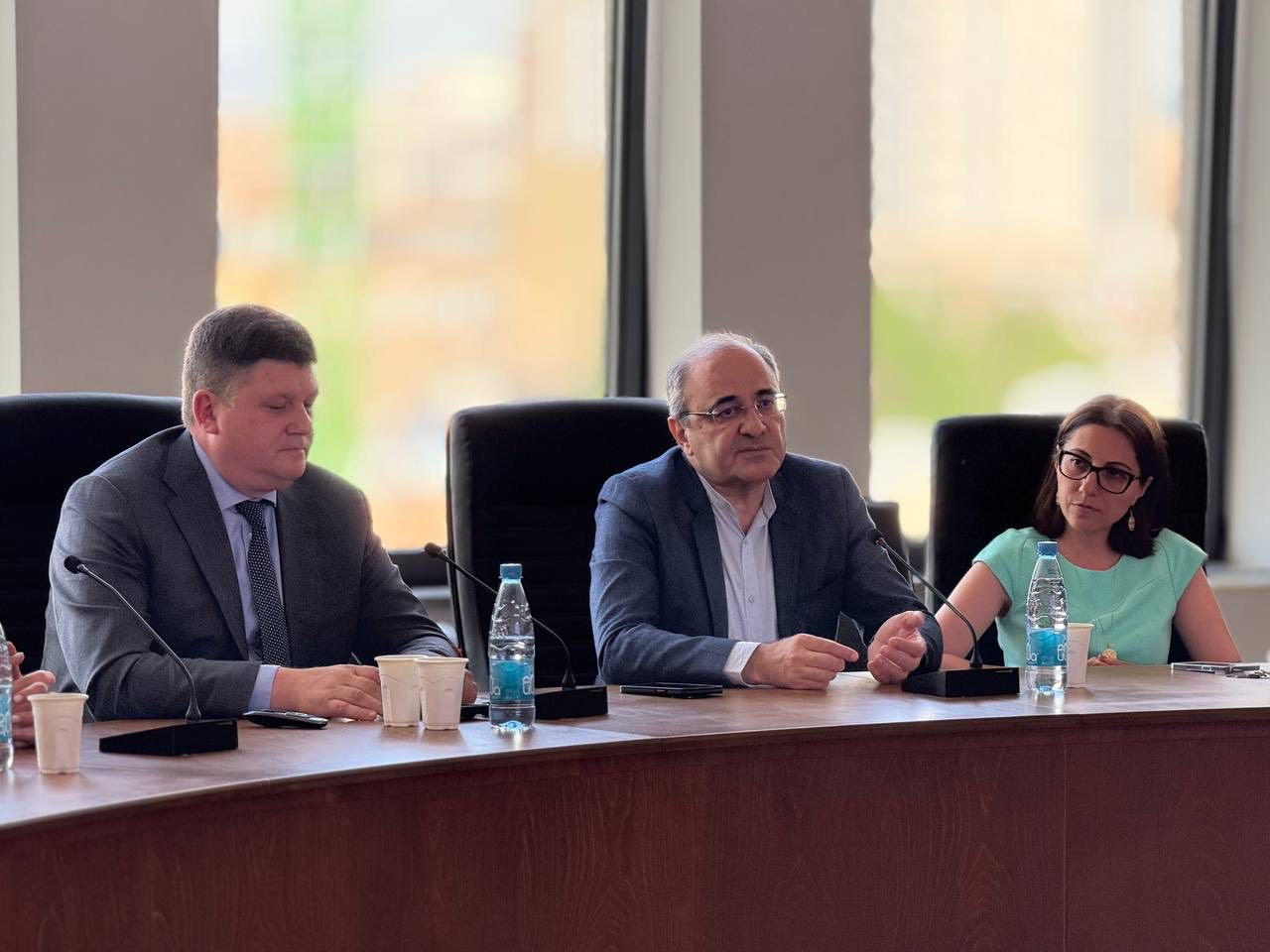.jpg)
- 19 Mar
- 2019
#2 InScience | Linguistic Universals: One for All
The world has in excess of 6,000-7,000 languages. They are meticulously classified by scholars and divided into separate language families. But if they are so diverse, are all the languages in the world in fact connected?
We live in a world that has in excess of 6,000-7,000 languages. They are so diverse - some have an alphabet, some don’t; some lack numbers or tenses, yet they share similarities. Languages are meticulously classified by scholars and divided into separate language families. But questions arise: if they are so diverse, are all the languages in the world in fact connected? Was there one common language in the beginning? To this day, these remain the unanswered questions of humanity, while linguists are in quest to locate a pattern, a sound, a small symbol that could potentially unite all the languages in world.
_1645100041.jpg)
This is where linguistic universals come to help. Or maybe they don’t. Let’s find out.
We’ve talked to someone who cares about every single language in the world and linguistics in general - senior lecturer at Russian-Armenian University, Shushan Melik-Adamyan.
So many languages, so many questions…
First, let’s understand what language universal are about. A language universal is any linguistic feature, phonetic or semantic, which is absolutely the same across languages. When we say “all languages have”, that is a linguistic universal. So, language universal is that one connecting “atom” that is the same across all languages. It is a little similar to anthropology or ethnology, where scientists compare different races, but still claim that all people have the same gene pool.
What linguists are trying to understand is how all languages in the world can be connected and whether or not they are in fact connected. Linguists usually do research within one language family, for instance across Turkic languages or they may compare tongues that are not related, e.g. Japanese and Chinese, which are from different language families, but very few people nowadays have an understanding of how all languages in the world are connected.
The issue of linguistic universals sparks quite a debate among scholars. Some linguists back up the theory, saying: “every language has a verb, a word that indicates an action”. Still, others argue that all languages have different verbs, and, what is more, a verb is a classification made up and categorized by scholars. For instance, verbs in Russian and Turkish are so very different, and the fact that scientists have decided to call both verbs does not necessarily mean that it is a universal.
As claimed by one of the most famous linguists of the last century, Noam Chomsky, in his theory of Universal Grammar, not only are language universals absolute, but languages are the same at a very deep level. However, even one exception is enough for it not to be an absolute language universal. What is not an absolute universal is a variable, or a statistical universal, e.g. If a language is spoken, it has consonants and vowels.
Every time scholars try to classify linguistic units and put them in a “box” of linguistic universals, these “run away”. There is always an exception. Take mother (English), mère (French), mama (Russian), mitéra (Greek), mayr (Armenian), mutter (German), mor (Danish), mā (Bengali), maan (Hindi), this gets really exciting, right? But once we go out of the Indo-European family, we find deda (Georgian), ina (Filipino), eej (Mongolian), etc.
There are people who live at the bank of the river Amazon in Brazil that are called Pirahã, and they do not have an understanding of time, and therefore, there is nothing to classify as a grammatical category of tense. They do not have the word for “mother” either, because that would mean going back in time to the person who gave birth to you. Instead they have the word “baixi” for a pregnant woman.
Another interesting question is whether there are more similarities across the world’s languages or differences. We know that the differences can be found at any level: structural, grammatical and others.
However, scholars want to see the bigger picture, to understand this on a philosophical level. But a problem occurs here - no one knows all the 7,000 languages to be able to compare and find out the similarities on a bigger scale. And when we say “know” we do not mean speaking, we mean being able to do linguistic research. A researcher might know at best 1% of all the tongues, which is a whopping 70 (!). But comparing 1% of all the languages could hardly give a deep understanding of the issue.
One for all?
Tracing common patterns across the living languages (linguistic typology) can give linguists an idea concerning the tongues we know little about, e.g. dead languages of the past or alive language isolates (the ones that have no “family” or “relatives” like Japanese and Georgian, the latter being part of the Kartvelian languages).
With the help of universal features, they are able to decipher inscriptions in unknown characters and reconstruct ancient languages.
Some of the world’s oldest alphabets go way back to 3,500 years ago (but we are not sure, there might be older ones!). Humans are known to use language for much longer, and scientists are yet to discover what they used for early verbal communication; that the process of language formation has left no historical traces only further complicates the matter. Basically, there are two approaches to this:
either there was one common language in the beginning, the ancestor of the living and dead languages, which evolved into different tongues, as early humans moved around and divided into groups, and yes, it has a name - Proto-Human language;
or prehistoric languages developed separately, in the course of history some might have died, some might have developed into “parents” for language families.
Armenian is considered a so-called Indo-European isolate, as it does not belong to any branch within the Indo-European language family (Germanic, Slavic or any other). Compared to true isolates, Armenian, while lacking “brothers” and “sisters”, has, at least, “cousins”.
Also, research into language universals would enable scholars to see if the current classification of languages is accurate.
_1645100180.jpg)
The Indo-European language family is the most researched language family, simply because it has English in it, with English being the most examined language. Interestingly, Indo-European is not the language family that has most of the languages. The diversity of the world’s languages is truly mind-blowing.
In her Ph.D. thesis, Shushan Melik-Adamyan is currently looking into intralinguistic universals, that is she is comparing English within English, “You take one language, look at all its levels, from slang to academic English, from British to Australian, all the varieties that exist today. What universal features are there in emotions that are present in all levels of language? One small universal that I have detected is that in English all words for emotions have synonyms that show degrees. Take any emotion and you will see that at least in the English language it has more than one degree of intensity. For instance, we can feel joyful, happy, elated and outright blessed. It is, however, much easier to find dissimilarities among emotions rather than to track the similarities. This is what makes linguistic universals so exciting: you are always in a quest trying to classify the seemingly unclassifiable language elements”.
Alla Gevorkyan








